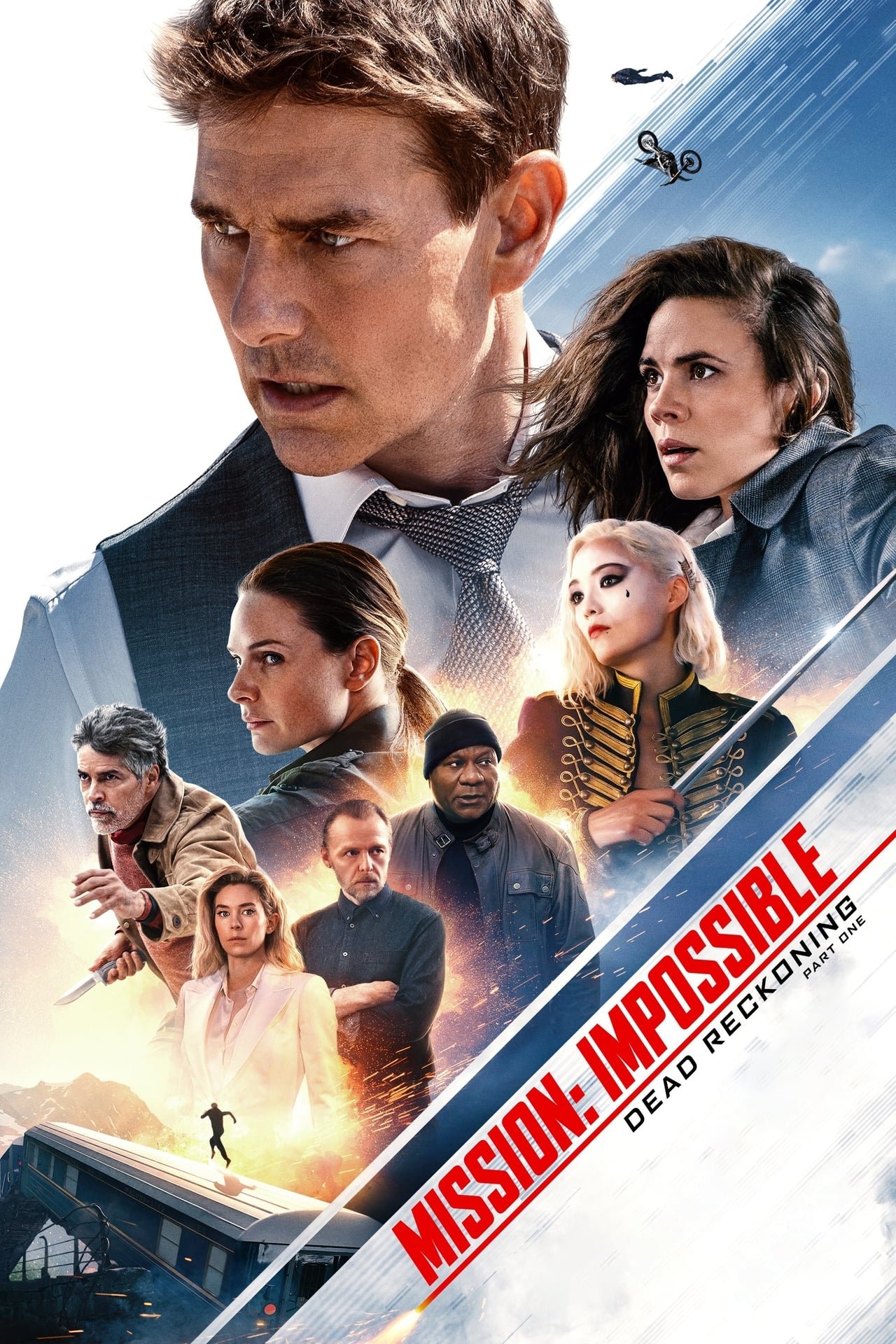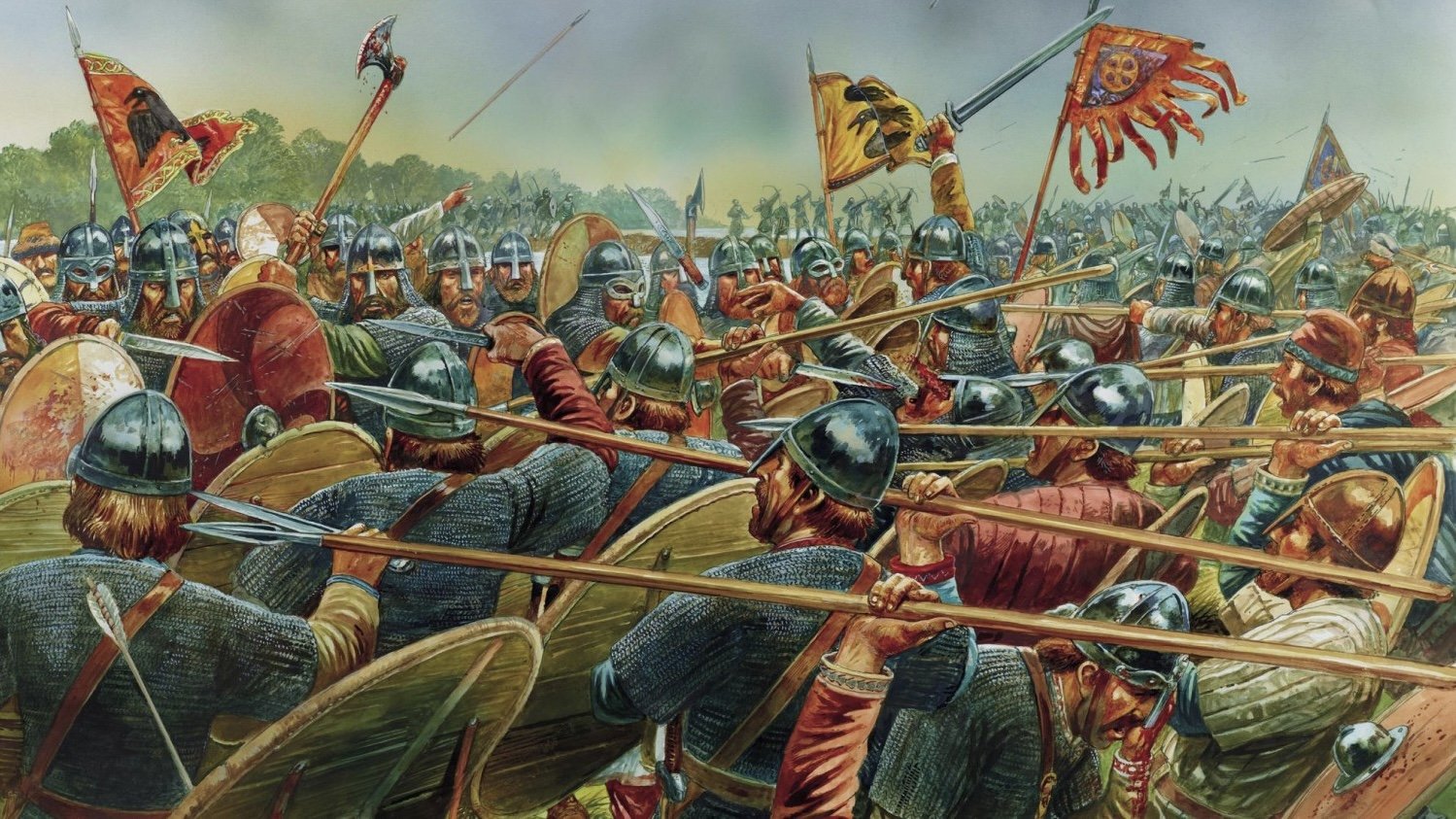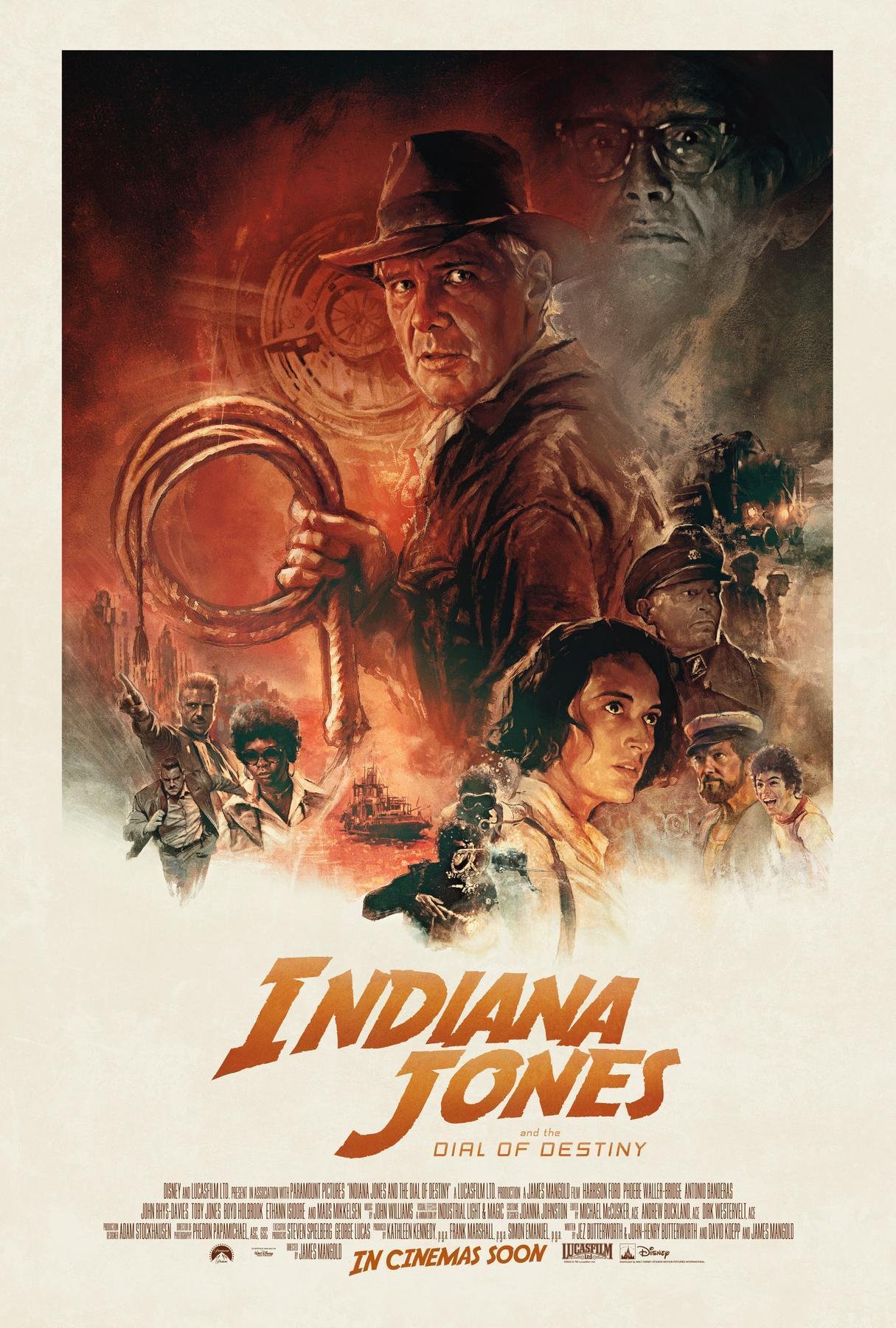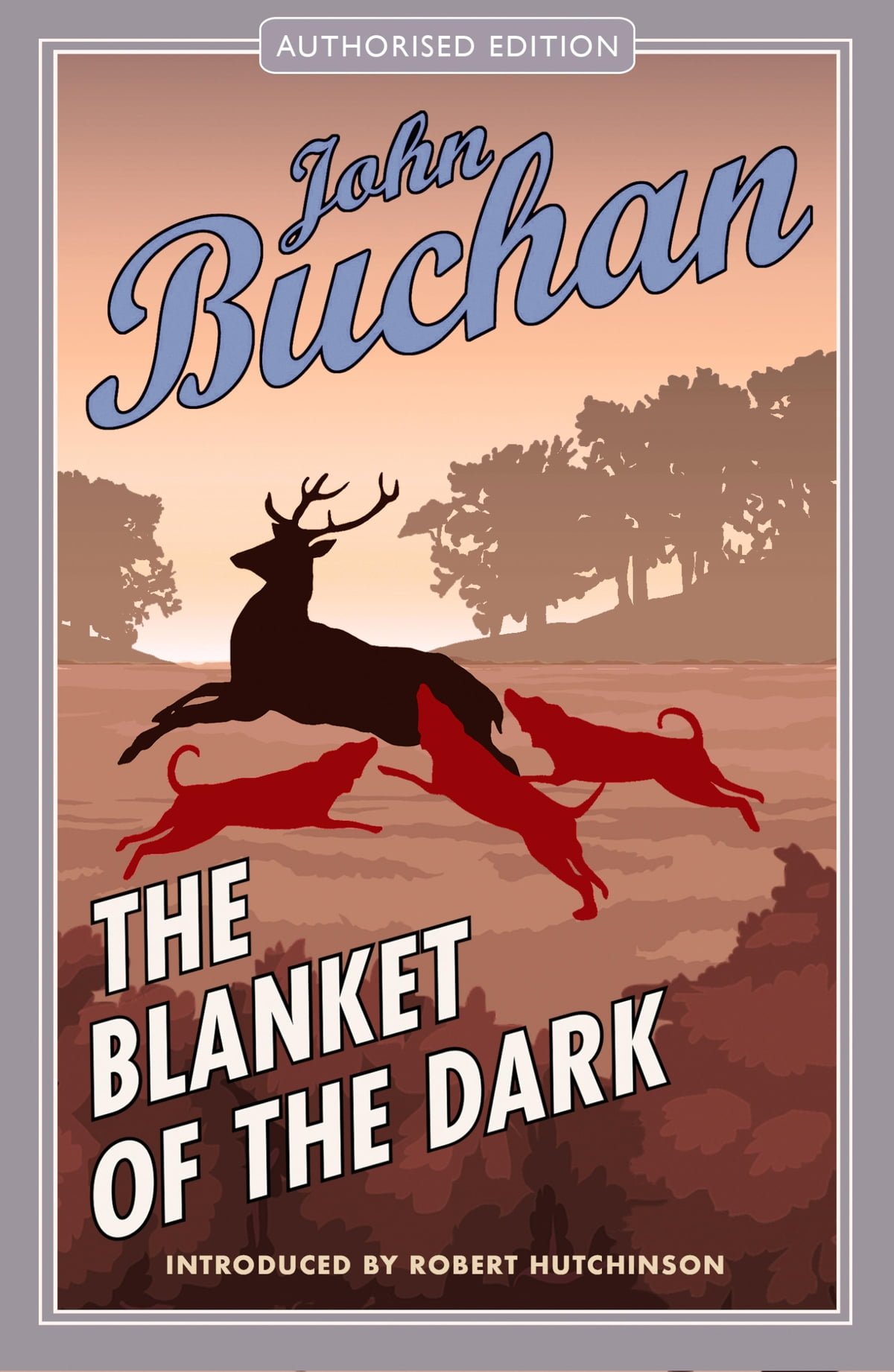The Twilight World
/Filmmaker Werner Herzog and Japanese soldier HIroo Onoda (1922-2014) upon his surrender in 1974
Werner Herzog is a filmmaker famously drawn to the obsessive, the fanatical, and the single-mindedly self-destructive. He also, based on my limited engagement with his filmography, appreciates grim irony but can tell ironic stories with great sympathy. So the story of Hiroo Onoda—a man we’ve all heard of even if you don’t know his name—is a natural fit for Herzog’s fascinations as well as his set of storytelling skills.
Onoda, a junior officer in the Imperial Japanese Army stationed on Lubang, a small island in the Philippines near the mouth of Manila Bay, took to the jungles after the American invasion began in late 1944. He had been specially detailed for acts of scorched earth sabotage—dynamiting a pier, rendering an airfield useless—and, having completed those objectives, to carry on the struggle against the enemy using “guerrilla tactics.” He had three other soldiers under his command. One turned himself in to Filipino forces in 1950, five years after the end of the war. The other two were killed, one in the mid-1950s and the other in 1972. Onoda held out alone until 1974, the next to last Japanese soldier to surrender.
Herzog met Onoda during a trip to Japan in 1997. This novel, The Twilight World, published in 2021, seven years after Onoda’s death at the age of 91, is the result of that meeting and Herzog’s enduring fascination.
Herzog explains, by way of prologue, the embarrassing circumstances that led to his meeting Onoda. He then begins Onoda’s story in 1974, with Norio Suzuki, a young adventurer whose stated goal was to find and see Hiroo Onoda, the yeti, and a giant panda, “in that order.” Suzuki camped out on Lubang until Onoda found him. Suzuki convinced Onoda to pose for a photograph and insisted that the war was over—long over. Onoda agreed to turn himself in if Suzuki could bring his commanding officer from thirty years before to Lubang and formally order him to stand down.
The novel then returns to the fall of 1944, the fateful days when a twenty-two-year old Onoda received his orders. Frustrated in his attempts to carry out his acts of sabotage, Onoda and his three subordinates move into the jungles and slowly figure out how to survive as guerrillas. They give up their tent, set up caches of ammunition, move repeatedly from place to place, crack coconuts, and attack isolated villages for food and supplies. Onoda broods. He lost his honor in failing to complete his objective, and the bravado of a final banzai charge would be absurd. What to do?
Herzog narrates this story dispassionately and without embellishment. His style is minimalistic but deeply absorbing. Michael Hofmann’s English translation reads like a cross between a screenplay—I wondered often while reading if this novel hadn’t begun life as a screenplay—and the stripped-down style of late Cormac McCarthy in No Country for Old Men and, especially, The Road. Herzog evokes mood and character through small, telling details and sharply observed environments.
This simple, direct approach proves richly rewarding. Most interesting to me were the ways in which Onoda and his comrades try to make sense of their own situation as the years pass. Evidence that the war is still going on are, from their perspective, plentiful and obvious. The Filipinos are still trying to kill them, aren’t they? And Onoda and his men regularly spot squadrons of American warplanes—ever larger and more sophisticated as the years pass, but still headed northwest toward mainland Asia. Herzog is here able to use the dangerous tool of dramatic irony for maximum pathos.
Most interesting, to me, were Onoda and company’s wrestling with repeated rumors that the war had ended. The American and Philippine militaries dropped leaflets explaining that the war was over. Onoda and his men interpreted mistakes in the leaflets’ Japanese typography as evidence that they were fake—a ruse. The Filipinos left a newspaper in a plastic bag at one of Onoda’s known resting points as proof that the war was long over. This, too, Onoda interpreted as a fabrication—what newspaper would ever print so many advertisements? Thus also with news heard on a transistor radio. Even when relatives of the holdouts travel to Lubang and call to them to come out over loudspeakers, Onoda finds reasons to believe they are being lied to. The Twilight World is, in this regard, one of the best and most involving portraits of the insane logic of paranoia that I’ve read.
But Herzog is, thematically, most interested in the passage of time. The scale of Onoda’s tenacity is almost unimaginable—twenty-nine years in the jungle. Twenty-nine years of surviving on stolen rice, of annual visits to Onoda’s hidden samurai sword to clean and oil it, of eluding Filipino police and soldiers, of watching American aircraft fly north, of attacking villages and avoiding ambush. What is that like?
In Herzog’s version of this story, after his initial commitment to his guerrilla campaign Onoda settles into a routine in which the years pass like minutes. In the jungles of Lubang Island, Onoda comes into some kind of contact with eternity. One is tempted to call this contact purgatorial, but Onoda is neither purged nor purified by his experience. Neither does this timelessness offer the beatific vision or even an experience of hell—if it had, Onoda might have surrendered in 1950 like his most weak-willed soldier. Instead, this eternity is an impersonal, indifferent one of duty lovelessly and unimaginatively fulfilled, forever.
I’ve seen The Twilight World accused of making a hero out of Onoda or of reinforcing a preexisting impression of Onoda as a heroic romantic holdout—an absurd accusation. As with many of Herzog’s other subjects, whether the self-deluded Timothy Treadwell or the innocent Zishe Breitbart, Herzog relates this story out of pure interest. Herzog, laudably, wants to understand. That he presents Onoda sympathetically does not mean that he condones his actions. If anything, the intensity with which Herzog tries to evoke Onoda’s three decades in the jungle is an invitation to pity and reflection. That’s certainly how I received it.
I’ve also read reviewers who fault Herzog for either downplaying or refusing to acknowledge Onoda’s violence against the Filipinos of Lubang Island. Onoda and his men’s depredations have quite justifiably received more attention in the last few years, notably in this spring’s MHQ cover story, rather provocatively if misleadingly titled “Hiroo Onoda: Soldier or Serial Killer?”
But Herzog does acknowledge this side of Onoda’s story. An early incident in which Onoda and his men attack villagers and kill and butcher one of their precious water buffalo is especially vivid. By the end, Onoda is walking into villages and firing randomly in the air, just to remind them he’s around. None of this is presented as heroic or even necessary. When Filipino troops try to ambush and kill Onoda and his men, the reader understands why.
Perhaps all of this is why Herzog begins his novel with a curious—but quintessentially Herzog-esque—author’s note:
Most details and factually correct; some are not. What was important to the author was something other than accuracy, some essence he thought he glimpsed when he encountered the protagonist of this story.
Seen in this light, and not forgetting that The Twilight World is a work of fiction—based on a true story—Hiroo Onoda’s bleak years in lonely touch with eternity are a fitting subject for a filmmaker who has spent his career teasing the mythic out of the real. The Twilight World is one of the most interesting and most involving books I’ve read this year, a testament not only to the strength of the dark and ironic story it tells but to the skill and cleareyed compassion of its storyteller.
















